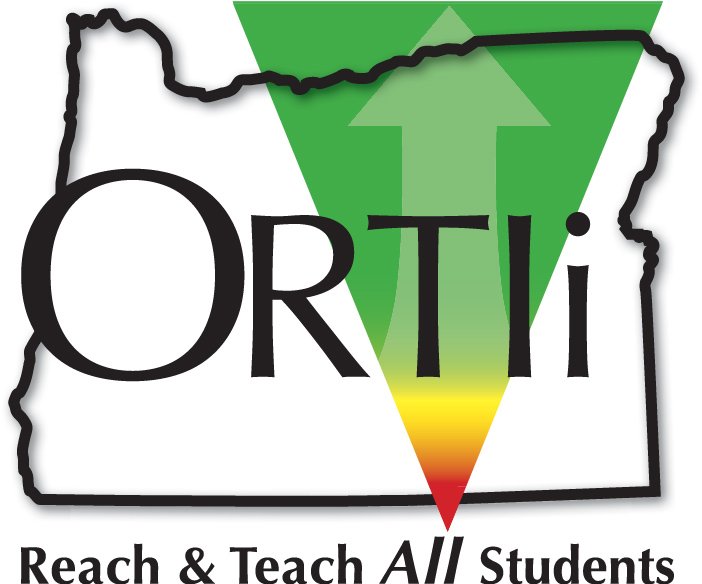Progress Monitoring
Item 35. Progress monitoring is matched to instructional need & frequency is appropriate
Recommendations
In order to see student growth and be able to determine if growth is sufficient, progress-monitoring measures must appropriately matched to the instructional skills being taught in the interventions and given at an appropriate frequency. Interventions for struggling students are targeted to the specific skills. For example in the area of reading, interventions are often targeted at one or more of the 5 Big Ideas of Reading (Phonological Awareness, Phonics, Oral Reading Fluency and Accuracy, Vocabulary, & Reading Comprehension). Progress monitoring measures help us evaluate if students are increasing their skills in the area(s) in which we are intervening, and if they are able to apply those skills to become more proficient readers. In order to do this, we must ensure a match between the progress monitoring measure used and the skill(s) being taught. We also want to ensure that we use a general outcome measure that samples a wide range of subskills, such as an oral reading fluency or phoneme segmenting measure, rather than a more narrowly focused progress monitoring measure. See below for more information:
Resources
- · Screening/Progress Monitoring measures (AIMSWEB, DIBELS Next, & easyCBM) and the Big 5
- · Vanderbilt online module: Why we use general outcome measures rather than single skill measures
Use the following guidelines for how frequently students should be progress monitored:
- High Risk Students (Tier 3) – Monitor progress ideally once per week but at least twice per month
- Some Risk Students (Tier 2) – Monitor progress at least 1-2 times per month
The following suggestions can help ensure efficient and frequent progress monitoring
- Determine who will be responsible for progress monitoring (may be multiple people) and create a progress monitoring schedule
- Rather than progress monitoring all students on a particular day, you could monitor 1-2 students each day, possibly during an independent activity during your intervention group
- Ensure staff administering progress monitoring assessments have appropriate training and understand the purpose of the assessments

